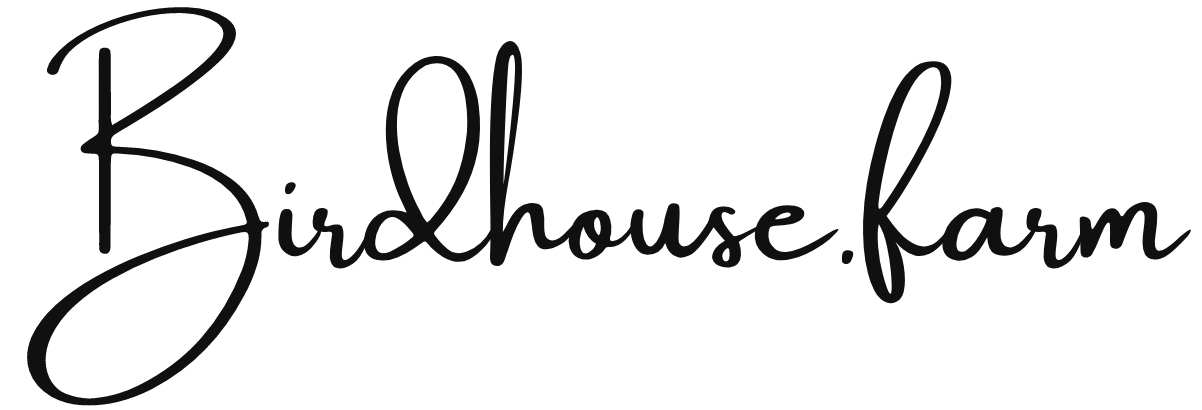Part V: Lawn Alternatives
Grasses
For those wanting to help the environment but still desiring a traditional-appearing lawn, low-maintenance or “no-mow” grass may be the answer. Depending upon where you live, drought-tolerant grasses such as blue grama grass, buffalo grass, or zoysia grass might fit the bill. These grasses need less water, less fertilizing, and less mowing.
Grass mixes that support pollinators, such as Fleur de Lawn are another good choice. Fleur de Lawn includes ryegrass, fescue, clover, white yarrow, English daisy, sweet alyssum, and baby blue eyes, and provides for a beautiful lawn whether it is kept short or allowed to grow a bit longer to allow more blossoming of the flowers in the mix. Another low-maintenance option is a bee lawn, which consists of fine fescue, white clover, self-heal, and thyme.
Prairie Nursery (prairienursery.com) in Westfield, WI sells low-maintenance mixes, as well as native plant and seen mixes.
Wildflowers
A wildflower lawn is highly appealing and can be done entirely from seed, making it very economical. It is also a low-maintenance option, requiring weeding only once per season and mowing once per year at the end of winter. In addition, the positive ecological impact of meadow-lawns is greater than other options, as they tend to contain native plant species that are in the greatest decline, and the populations of birds and bugs that rely on those plants are also dwindling. It is important to choose wildflowers that are native to your area, being mindful of your area's conditions, such as how sunny or shady your yard is and how much natural moisture it gets.
Ground Covers
There are many ground covers available that spread quickly and can serve as lawn substitutes. These include vinca, sedum, and ajuga. And although it is actually a legume, clover acts like a ground cover and is especially beneficial to such pollinators as honey bees and butterflies.
Hardscapes
Attractive hardscaping is an excellent way to cut down on watering in your yard. Consider pavers, seating areas, decomposed granite, pea gravel, and/or wood chips.
Pesticide Alternatives
Upwards of 90% of flowering plants need pollinators such as bees in order to survive. Eliminating pesticides allows bees and other beneficial insects to thrive. Instead of using pesticides, let beneficial insect predators do the work of eliminating harmful pests. Consult a company such as Beneficial Insectary about purchasing bugs to control pests in your yard. For example, Green Lacewings do an excellent job of eliminating aphids. You can also plant a border of plants which will attract natural predators. Some of these plants are cosmos, dill, and coriander, among others. Alternatively, you might consider blasting pests off plants with your garden hose or hand-picking them off.
Trees
Some homeowners wanting to rebuild their lawns into more sustainable yards have encountered obstacles with HOA covenants and city codes which ban lawn modifications. In such an event, a homeowner can consider planting more trees rather than rewilding to prairie plants.Trees create a major climate benefit by taking in and storing carbon dioxide in their leaves, wood, and roots. They provide shade and absorb and release water into the atmosphere, cooling the earth. Larger, older trees account for most of the total carbon stored in mature forests.
Flowers and Other Plants for Additional Benefits
Marigolds are as beneficial to a garden as they are attractive. Although they attract bees, they repel wasps, beetles, and aphids.
Basil repels mosquitoes and other garden pests.
Lavender attracts bees and butterflies, but repels fleas, flies, and ants.
Lemongrass is a good deterrent for mosquitoes, hornets, and wasps but attracts honey bees.
Bees love mint, but mosquitoes and ants don't.
Rosemary is a deterrent for mosquitoes and spiders in the home as well as in the garden.
Petunias attract birds, butterflies, and bees, but deter aphids and other harmful bugs.
Bees love borage.
Follow the Birdhouse.farm Research blog for more in this 9 part guest series from Nancy Vaughan.

